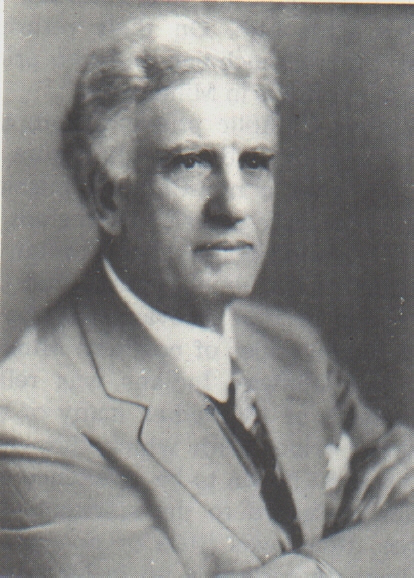A History Of The Minnesota Baptist Convention -- By: David Becklund
Journal: Central Bible Quarterly
Volume: CENQ 10:2 (Summer 1967)
Article: A History Of The Minnesota Baptist Convention
Author: David Becklund
CenQ 10:2 (Summer 1967) p. 1
A History Of The Minnesota Baptist Convention

“The Eyes Of All Northern Baptists Are Now On Minnesota”
William Bell Riley, North Star Baptist, April, 1947.
CenQ 10:2 (Summer 1967) p. 2
Chapter I: The Preparation For The Minnesota Baptist Convention (1831-1852)
The regions of northern Minnesota that surround the northwest watershed form the ideal habitat for the furbearing animals that attracted most of the early explorers to the State. The first white men in Minnesota, excluding the possibility of the Norsemen, were the French fur traders in search of new trapping territory. As early as 1659 two French Huguenot fur traders, known as Sieur Medard Grosseliers and Sieur Pierre Raddisson, explored the region west of Lake Superior and returned to Montreal with sixty canoes loaded with furs. On their return trip they were accompanied by six other Frenchmen and two priests; this was the beginning of missionary efforts in Minnesota.
Although numerous Catholic priests accompanied the expanding fur companies and were active in Minnesota as early at 1670, it was not until 1831 that a non-Catholic mission was begun in Minnesota. During these early years of Protestant mission work the American Board of Commissioners for Foreign Missions, which was a combined effort of the Presbyterians and Congregationalists under the Plan of Union of 1801 to evangelize the West, was active in evangelizing the Indian tribes of northern Minnesota. Their work among the Sioux and Ojibway Indians was relatively successful until the Sioux massacre of 1862 when many of these missionaries were martyred by the tribes with which they were working.
Although the interest began to be awakened among the various missionary societies in regard to the spiritual and physical needs of the Indian tribes, there was little or no concern demonstrated for the small settlements springing up in Minnesota. This seeming disregard for the settlements can be understood in the light of the fact that they were controlled mostly by half-breeds, trappers and whiskey sellers. St. Paul, the principal village in Minnesota, contained a few shacks and five stores, all of which sold whiskey to the Indians. Yet in spite of these conditions, the first missionary to a white settlement in Minnesota turned out to be a young woman who had come to teach school but ended up laying the foundation for the first Baptist church in Minnesota.
CenQ 10:2 (Summer 1967) p. 3
The first Baptist missionary activity, which centered around the St. Paul area, was distinct from the other mission works, in that it dealt almost exclusively in the organizi...
Click here to subscribe
